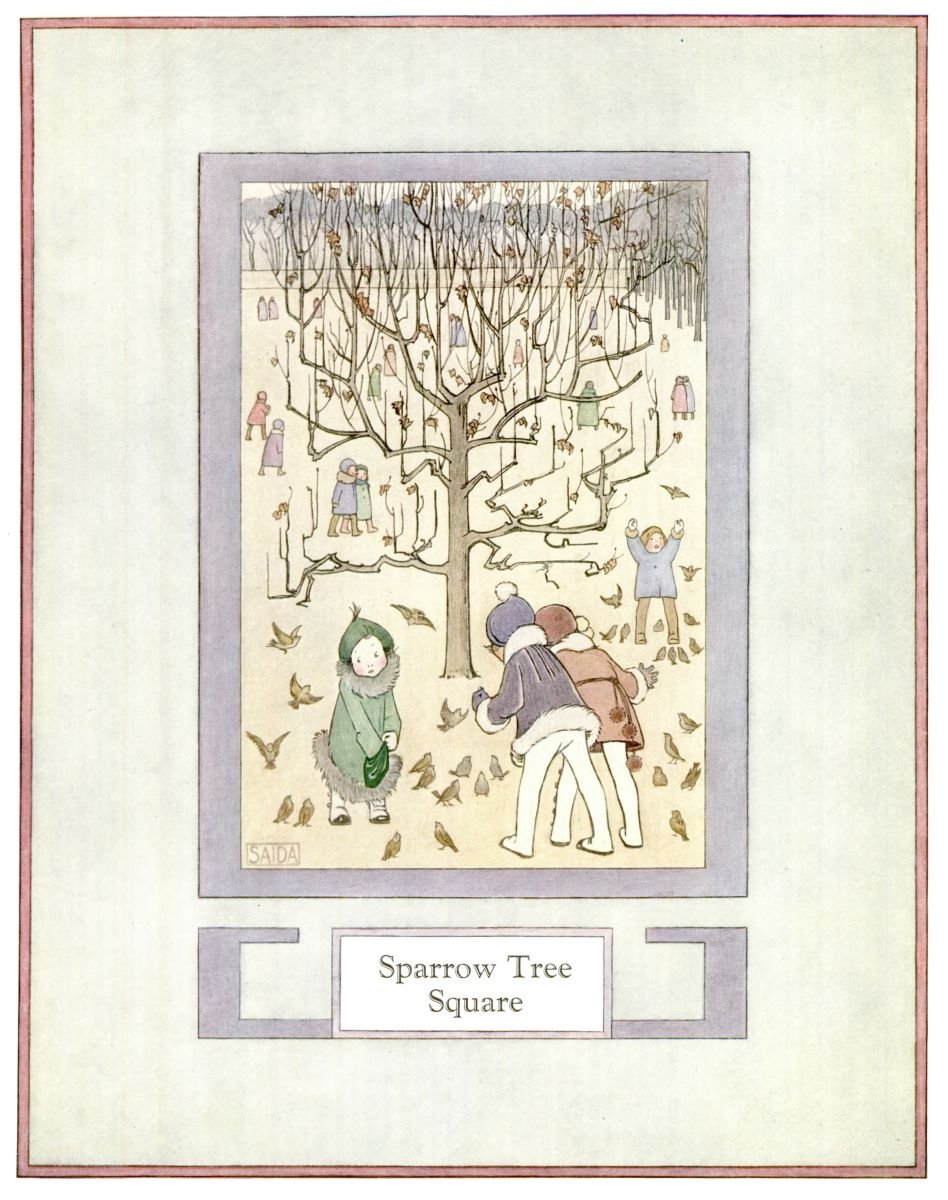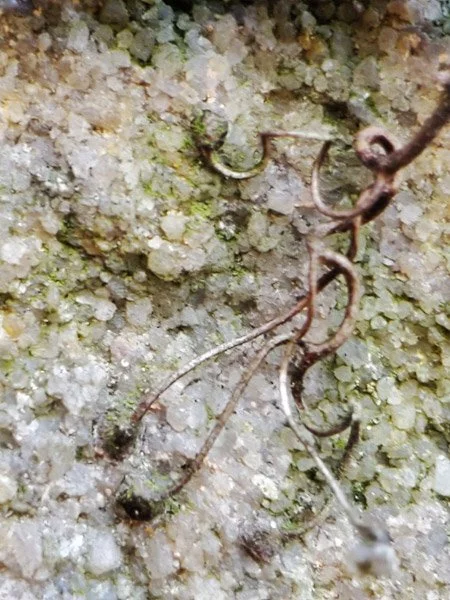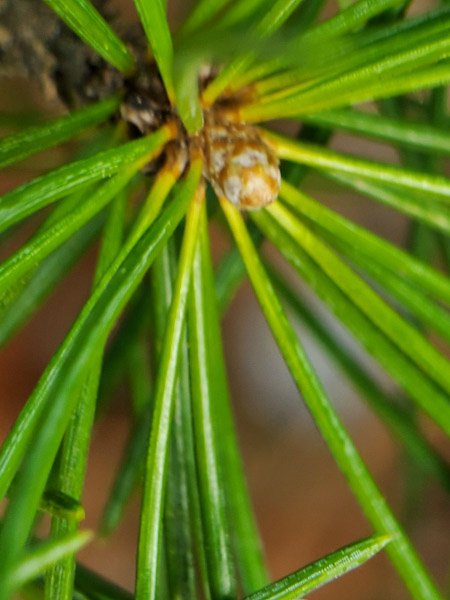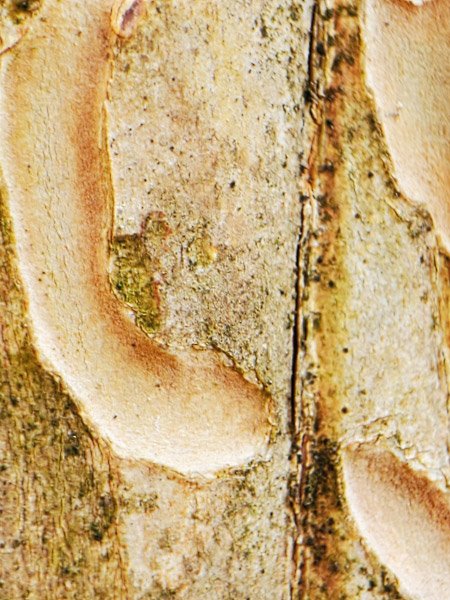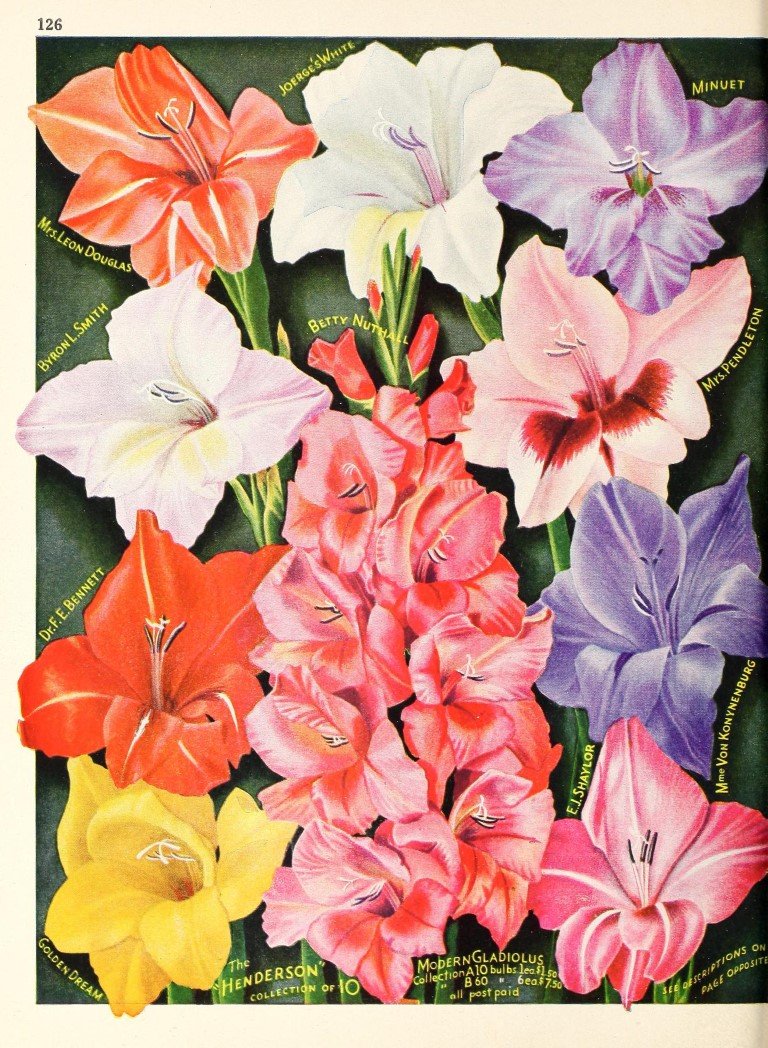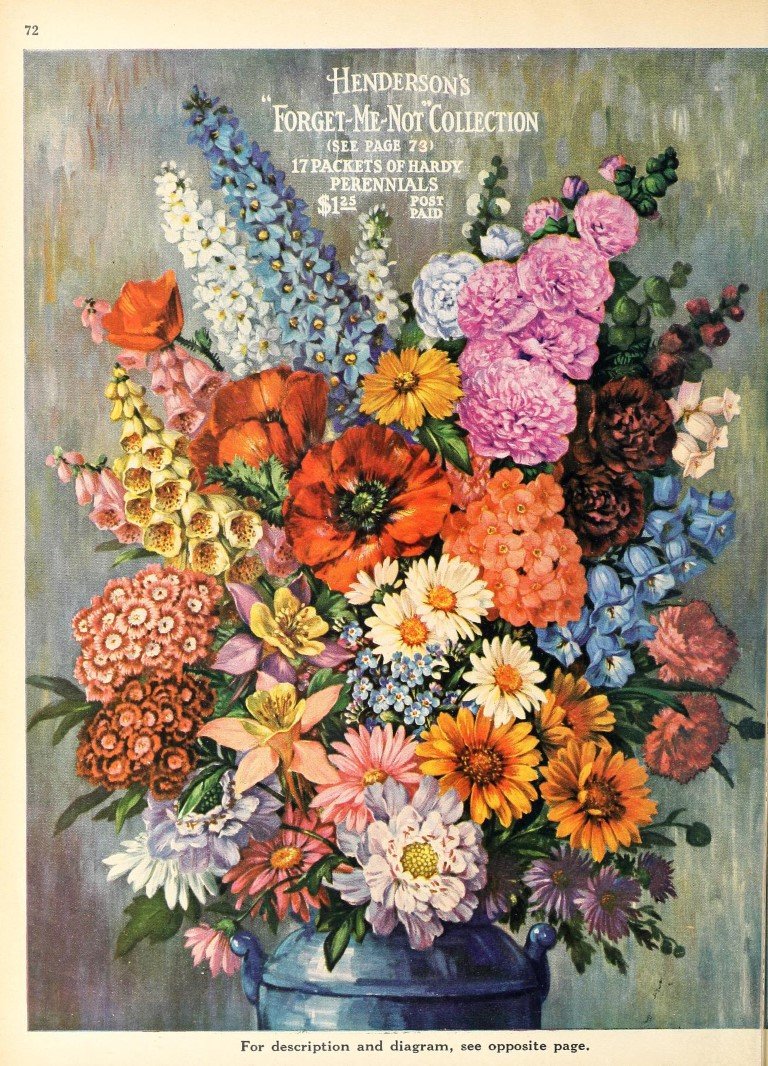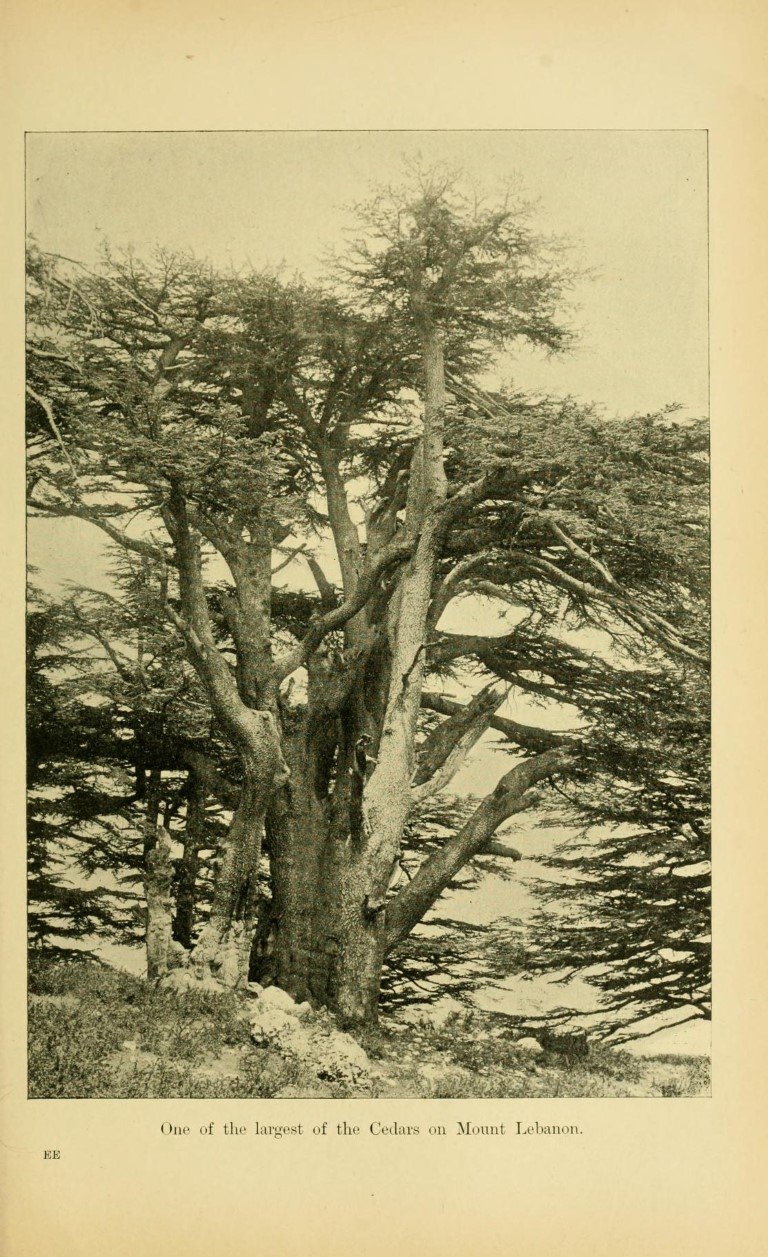Being Sick While Traveling
/There was one time I had a terrible cold while traveling during my career – but I was never sick enough to seek medical attention until my time in Texas last month. It was quite an experience.
I was tweaking the dose of a medication per my doctor’s instruction and, at first, I thought my high heart rate and feeling hot was caused by that change…but it continued to get worse over the next 24 hours. I finally noticed a pink area of skin on my abdomen and went to an Urgent Care…where I was diagnosed with cellulitis by the doctor (after the first place I called would not accept Medicare…aargh!). At first the antibiotic seemed to work very well. My heart rate declined back to normal with a few hours of the first dose. The pink area was reduced in size and fading after the second.
Trouble started about the time I took the 4th dose. I haven’t taken much medication so didn’t know any antibiotic I was allergic too…it happened that the one prescribed caused me to itch…I scratched…welts formed ---- HIVES! It was scary since it was described as an indication of an allergic reaction to the antibiotic. I managed to take some Benadryl and reach a doctor to switch me to another antibiotic.
I thought everything was going well – finally. Then I somehow attached something that bit me multiple times (maybe it was multiples of the same insect?)…so I had the remnants of hives (that were no longer itching as much) and bug bites that were new and itching. I covered all of it with calamine lotion to keep from scratching.
Fortunately - I was recovering by the time I started the two-day drive between Texas and Maryland. That trek is the topic of tomorrow’s post.

